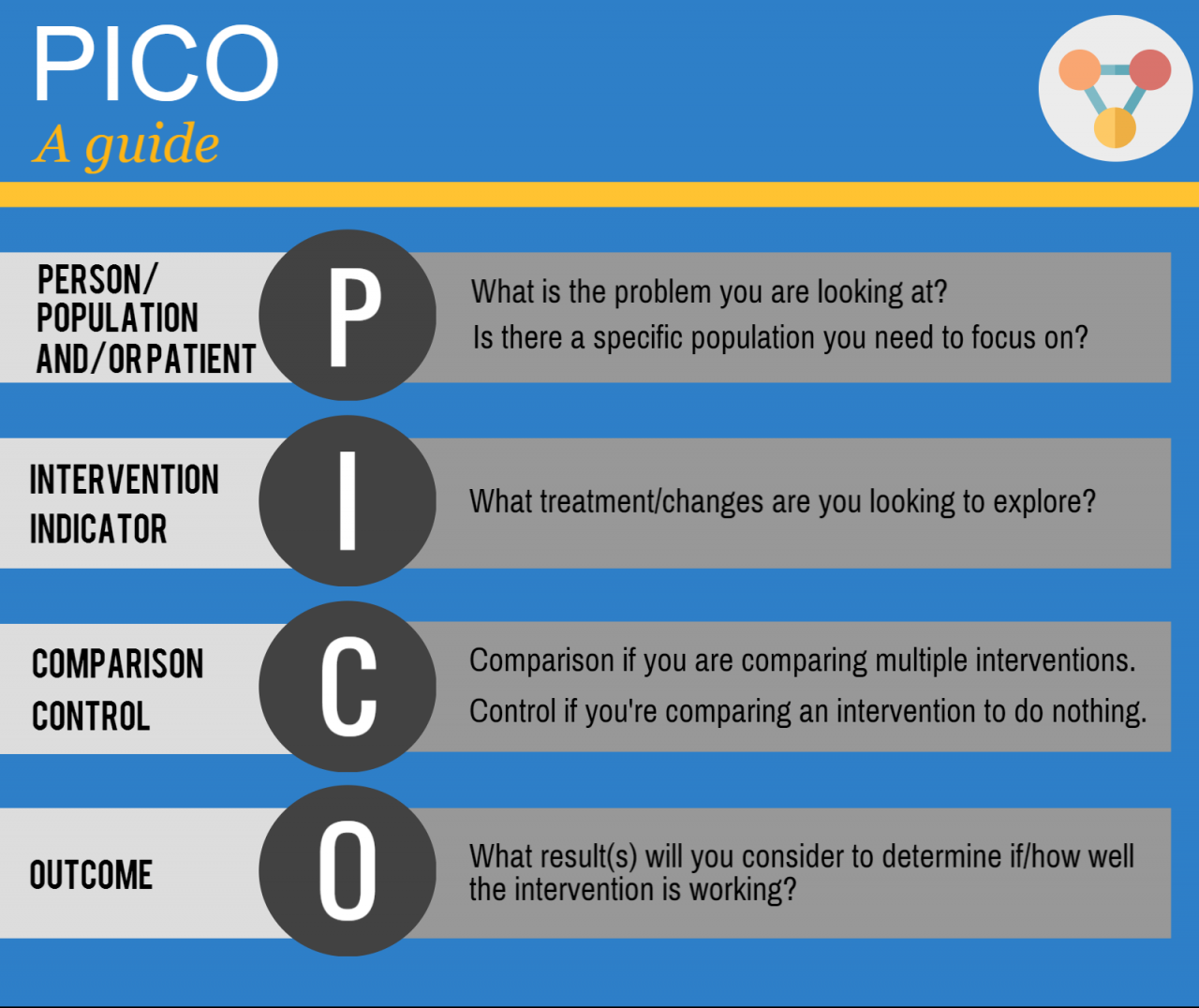
Pico definition, a scientific term originating from the Italian word “piccolo,” meaning “small,” delves into the realm of minute measurements, opening up a fascinating world of scientific exploration and technological advancements.
As a unit of measurement, pico represents one trillionth (10^-12) of a base unit, offering scientists and engineers a precise tool to quantify incredibly small quantities in fields ranging from physics to electronics.
Etymology and Origin: Pico Definition
The term “pico” is derived from the Italian word “piccolo,” meaning “small” or “tiny.” It was first used in a scientific context by physicist Luigi Galvani in the late 18th century to describe the small electrical charges he observed in his experiments.
Historical Evolution
Over time, “pico” became a standard prefix in the metric system, denoting a factor of 10^-12. It is one of the 20 prefixes used in the International System of Units (SI) to indicate multiples and submultiples of base units.
Scientific Definition
In the metric system, “pico” (symbol: p) represents a factor of one trillionth (10^-12). It is a unit of measurement used to express extremely small quantities.
Relationship to Other Units
Pico is related to other metric units through the following conversion factors:
- 1 picosecond (ps) = 10^-12 seconds
- 1 picometer (pm) = 10^-12 meters
- 1 picogram (pg) = 10^-12 grams
Technological Applications
Pico-level measurements are essential in modern technology, particularly in electronics, computing, and telecommunications.
Electronics
In electronics, picosecond lasers are used for high-speed optical communication and ultrafast imaging. Picosecond pulses are also employed in radar systems to achieve high resolution.
Computing
In computing, picometers are used to measure the size of transistors in integrated circuits. Picosecond delays are critical in high-performance processors and memory systems.
Telecommunications, Pico definition
In telecommunications, picowatts are used to measure the power levels of optical signals. Picosecond pulses are also utilized in fiber optic networks for data transmission and synchronization.
Cultural and Societal Impact

The development of pico-level measurement techniques has significantly influenced scientific advancements and technological progress.
Scientific Advancements
Pico-level measurements have enabled the study of ultrafast phenomena, such as chemical reactions and subatomic processes. This has led to breakthroughs in fields such as quantum mechanics, nanotechnology, and biotechnology.
Technological Progress
Pico-level technologies have revolutionized electronics, computing, and telecommunications, enabling the development of smaller, faster, and more efficient devices. These advancements have had a profound impact on various industries, including healthcare, transportation, and manufacturing.
Closure
The pico definition not only serves as a fundamental unit of measurement but also holds cultural and societal significance. Its widespread use in scientific research and technological applications has shaped our understanding of the world, enabling us to explore the intricacies of the universe and push the boundaries of human ingenuity.
FAQ Corner
What is the origin of the word “pico”?
The word “pico” originates from the Italian word “piccolo,” meaning “small.”
How is pico used in scientific disciplines?
Pico is used in various scientific disciplines to measure extremely small quantities, such as the wavelength of light, the size of atoms, and the electrical current in electronic circuits.
What are some technological applications of pico?
Pico is used in modern technology, including electronics, computing, and telecommunications, to measure and control minute quantities, enabling the development of advanced devices and systems.





